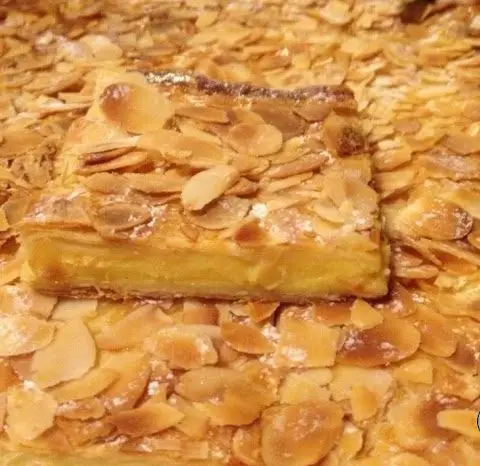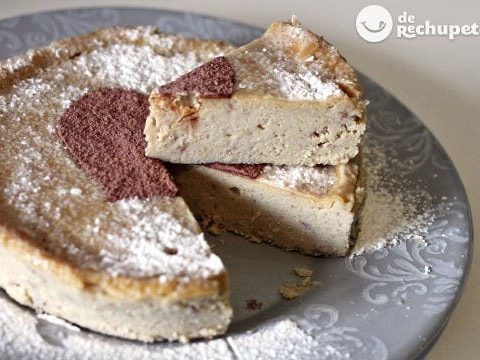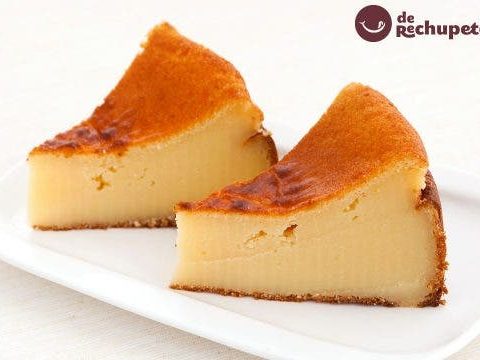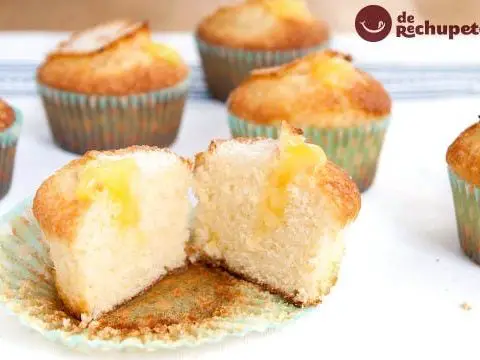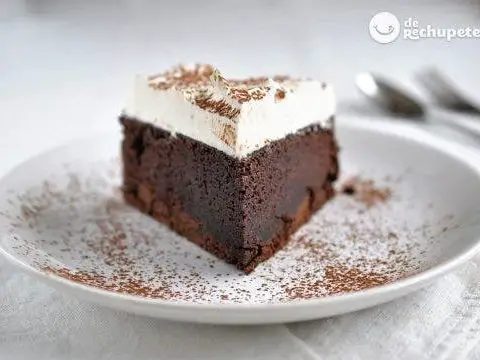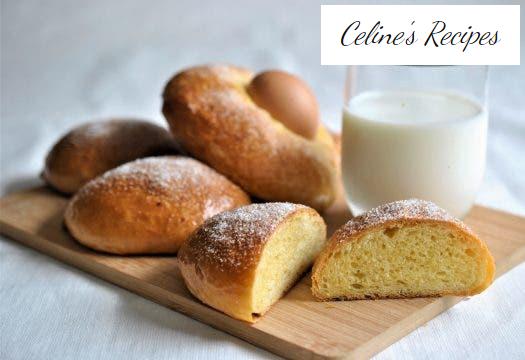
Info.
- Half
- 245 minutes
- For 8 people
- 0.5 € / person
- 356kcal per 100g.
How to make an Easter bunny.
The gastronomic panorama of Easter and Easter is immensely rich, especially in terms of sweets , although there are also many traditional salty recipes.
That is why it is time to dare to prepare recipes such as traditional French toast and some others that we have on the blog that are very original (coffee, red wine, cream filled, caramelized …).
Other desserts that can not miss are fried milk , crispy honey pestiños , wind fritters stuffed with more than delicious things , pancakes for breakfast, Galician pancakes or Asturian frixuelos , chocolate eggs … it could continue like this another paragraph and, of course, the Mona de Pascua .
The Mona de Pascua is one of the traditional Easter sweets with the longest tradition in almost the entire peninsula, but especially in the regions of Murcia, Alicante and Valencia.
Although there are others such as Catalonia, where a very special monkey is prepared, and Galicia and Asturias, where the roscón or rosco de Pascua is consumed .
Today’s recipe is the typical one from Levante, a sweet that belongs to the pastry family, with a fluffy white interior, tender, and a golden outer layer.
Its flavor is soft, with citrus nuances that are slightly reminiscent of the Roscón de Reyes , but the absence of butter and the use of extra virgin olive oil instead are noted on the palate.
Traditions mark that the Mona de Pascua is consumed with a cup or glass of hot chocolate , either for breakfast or at snack time. Although nothing prevents serving it with a café con leche, an infusion, fresh milk, a glass of tiger nut or almond horchata (as Murcians do).
We do not make accompaniment ugly, moreover, we like it so much (especially if it is freshly made) that we eat it as is. And is that the Mona de Pascua is delicious.
Preparation of the Mona de Pascua dough
- We heat the milk slightly, enough to make it warm, in a deep container. Add the fresh crumbled yeast and a pinch of the sugar. Mix and let stand about 20 minutes approximately.
- In a larger container, mix the flour with the rest of the sugar, the salt, the zest of the lemon and the orange and the slightly beaten egg. We mix
- We make a hole in the center and add the milk mixture with the yeast. Mix again, initially, and knead later, when the mixture becomes consistent.
- Add the oil and, now yes, knead for approximately 20 minutes or until all the ingredients are well integrated and the dough is thin and elastic.


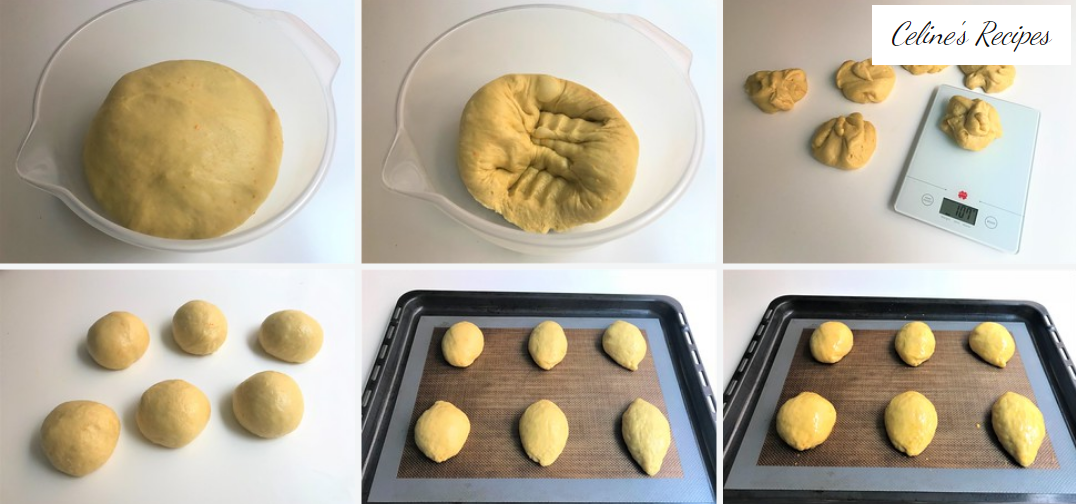

Kneaded and shape of the Easter bunny
- We form a ball and let it rise until it doubles in size. The time required will depend on the ambient temperature, but it is usually around 2 hours.
- We degas the dough, clenching our fists a couple of times. We weigh the dough, transfer it to a work surface and divide it into six equal weight portions.
- We ball each of the portions and leave the folds at the bottom so that they are not visible.
- With hands on both sides, we roll each ball and, pressing lightly, we give it an elongated shape.
- We transfer the monkeys to a baking tray covered with sulfurized paper or a silicone mat, leaving space between them so that, as they grow, they do not stick to each other.
- Brush with a little milk or a mixture of milk and egg yolk and leave to rise a second time until it doubles in size.
- This second levado is usually faster because the pieces are smaller, so we calculate an hour approximately.
- When the monkeys are ready we paint them again with milk or a mixture of milk and egg yolk, sprinkle with sugar and place hard-boiled eggs in the center of the surface. We can also choose to bake them without eggs.
Baking and final presentation of the Easter cake
- We preheat the oven to 200 ° C, temperature up and down.
- Bake, with the oven previously heated to 180º C for 20-25 minutes.
- Halfway through cooking we cover the monkey with aluminum foil to prevent it from burning. It is important that we keep an eye on the temperature and time to make sure it is on point.
- Remove from the oven and let stand a couple of minutes before transferring to a wire rack and allow to cool completely.
- You can’t imagine what the kitchen smells like, just for the aroma you have to prepare this dessert at home even once.
You can see all the photos of the step by step of the recipe for Easter in this album. Do not miss any detail and it will be perfect.
Tips for a perfect Easter Mona
- We can make a single Easter Mona instead of individual muffins. In this case the leavening will take longer and also the cooking in the oven, which will have to be increased for a few minutes to ensure that the interior is well cooked.
- To ensure that the exterior does not burn before it has been cooked indoors, we cover with a sheet of aluminum foil.
- When lifting the dough, it is important that the temperature is kept constant and that it oscillates between 25-26º C, as well as that we place it away from drafts. A good place to let it rest is inside the oven and with the door closed.
- Decorating with egg is optional, we can make the Easter cakes decorating only with sugar. This goes in tastes.
- At the time of kneading we can use a robot that facilitates the task. The result between kneading by hand and by machine is also good, but the latter makes our work much easier and we can carry out other works in the meantime.
- They can be frozen individually, well wrapped in transparent paper, if we are not going to consume them all in the following 48 hours. To defrost, best in the fridge overnight.
